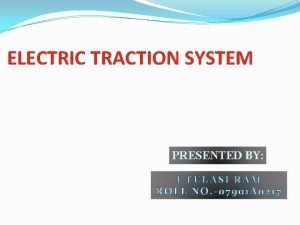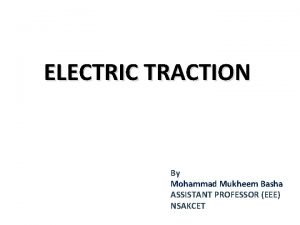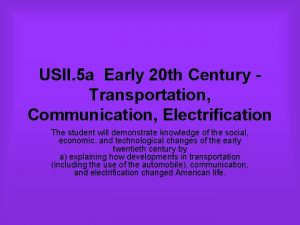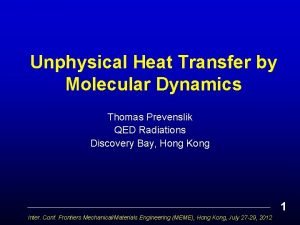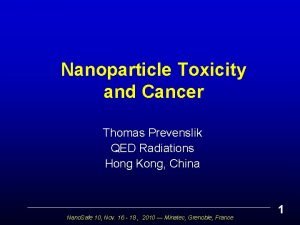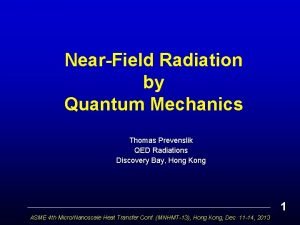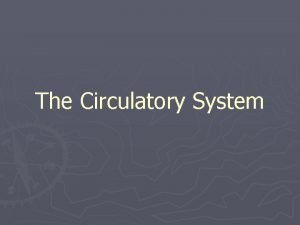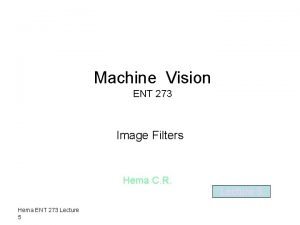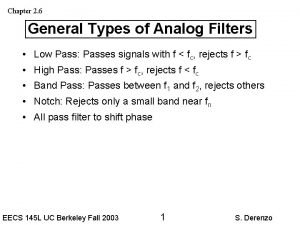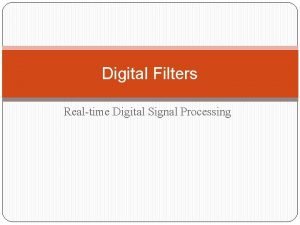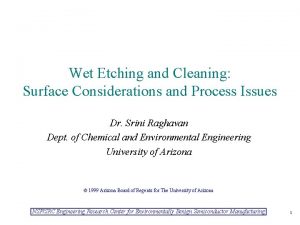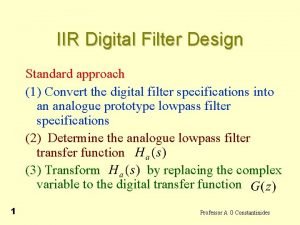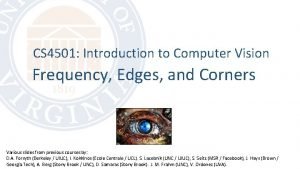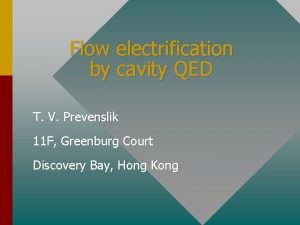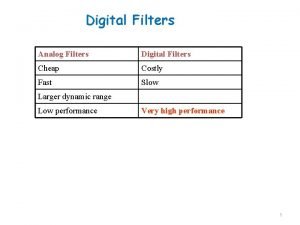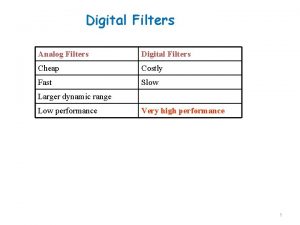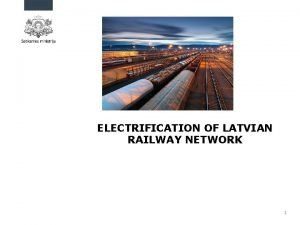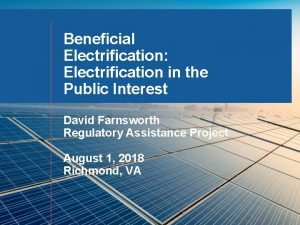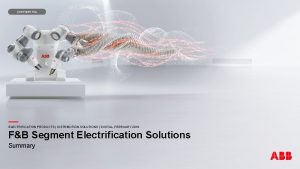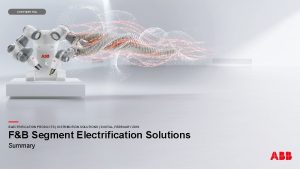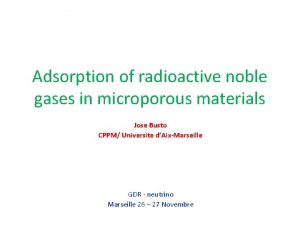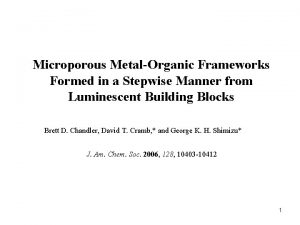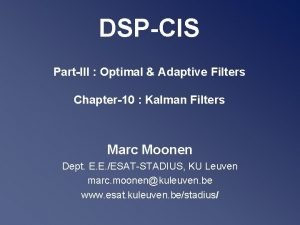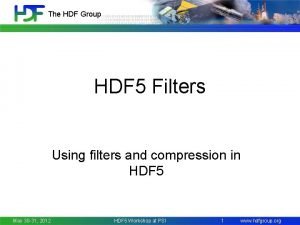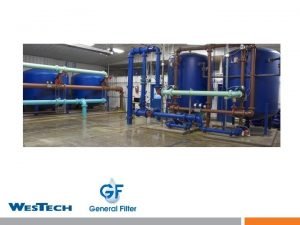Flow electrification in Microporous Filters T V Prevenslik




















- Slides: 20

Flow electrification in Micro-porous Filters T. V. Prevenslik 14 B, Brilliance Court Discovery Bay, Hong Kong 1

Flow Electrification Concept: EDL and Convection of impurity ions 1950 … EDL and Zeta potential (van der Minne) 1960. . . Ion Concentration and EDL (Gavis) Steady source of impurity ions? Electrochemical energy – Verification? 1980 … No Reaction Products (Touchard & Romat) 1996 … No Reaction Products (Touchard & Radke) 2002 … No Reaction Products (Nelsen) Electrochemical source never verified 2

EDL and z - Potential The EDL based on the z – potential OK to disperse colloids, but not ionization of impurities, For oils, z ~ 2500 V/m and l. D~ 10 mm, I ~ 0. 0285 e. V. But OLOA calcium based detergents ionization potential I > 3 e. V, and therefore: Flow has an unknown source of EM energy at least greate than 100 x z potential. Propose the unknown EM energy is cavity QED induced EM radiation. 3

EDL in Filters – Gavis & Wagner D (22 mm) Impurity e - - e - + + d + (0. 05 – 0. 8 mm) + - e + + e L (0. 1 - 0. 15 mm) + - e + Charged Impurity 4

EDL in filters same as pipe? Gavis did not perform EDL analysis, as in piping, because he found the streaming current uncorrelated with filter length L “discharge cannot occur within the pores at all. Rather, it must occur on the crenellated front surfaces of the filter disk, facing the flow, before the liquid enters the pores themselves. ” EDL in the pores not EM energy source 5

Consider Bubbles in Filter Surface 6

EM energy in bubble Penetration Depth e Standing VUV wave 2 R 7

Cavity QED Induced EM Radiation • Low frequency IR radiation is suppressed in a high EM resonant frequency QED cavity. • Suppressed IR radiation is a loss of EM energy. • The EM energy loss is gained as Planck energy in the wall of the QED cavity at its resonant EM frequency. • The Planck energy at VUV levels excites atoms and molecules in the wall of the QED cavity to produce photons and electrons. 8

IR Energy Suppressed Spherical Bubble Penetration depth e Energy density k ~ Boltzmann’s constant T ~ Absolute temperature 9

Conservation of EM energy Avg. Planck Energy Number of Avg. VUV Photons 10

Average Planck Energy – Water (Absorption of n-Heptane not available) 11

No. of VUV Photons – Water (Absorption data of n-Heptane not available) 12

Flow – Gavis’ Deduction Gavis’s deduction 13

Charge Density 14

Charge Density Streaming Current Van der Minne mathematical form 15

Fitting of Data • The data could not be fit to the filter length L = 0. 1 to 0. 15 mm. Only if L ~ 9 mm was a reasonable fit found. • The filter diameter D ~ 22 mm. The filter radius D/2 ~ 11 mm. • Thus, the fit is consistent with flow parallel to the filter surface rather than through the pores as correctly deduced by Gavis. 16

Streaming Current 17

Conclusions EDL in pores not source of EM energy Source of EM energy is cavity QED induced EM radiation in bubble nucleation. Impurities in bubbles are excited to produce charged particles and electrons. The streaming current follows the van der Minne relation. 18

Future Paper on EDL • Steady uniform light emission over large area of flow • The evacuated gap between flow and channel surfaces (not a EDL) is likely source of the steady light emission. • No idealized Stern layer and idealized EDL charge distribution. • “Anyone trying to actually measure the phenomenon [flow electrification] realizes that it is too elusive to be explained by the EDL” Keilab, 2000. 30 mm Flow 10 Depth 1. 5 mm Washio et al, Proc Instn Mech Engrs, 215 Part J, (2001) 373 19

Proposed Mechanism Flow is steadily recharged by cavity QED induced EM radiation. Penetration Depth e d + + Line of Pipe Symmetry hu Wall + + + e- Standing VUV wave e- 20
 State various types of track electrification system
State various types of track electrification system Kando system of track electrification
Kando system of track electrification Relief, recovery, reform
Relief, recovery, reform Ways electrification changed american life
Ways electrification changed american life Thomas prevenslik
Thomas prevenslik Memehongkong
Memehongkong Thomas prevenslik
Thomas prevenslik Thomas prevenslik
Thomas prevenslik Thomas prevenslik
Thomas prevenslik Thomas prevenslik
Thomas prevenslik Thomas prevenslik
Thomas prevenslik Lymph nodes: “filters of the blood”
Lymph nodes: “filters of the blood” Bacterial filters ppt
Bacterial filters ppt 273
273 Types of analog filters
Types of analog filters Digital filters
Digital filters Particle removal wet etch filters
Particle removal wet etch filters Spectral transformation of iir filters
Spectral transformation of iir filters Hailstop hail guard
Hailstop hail guard Ironport outbreak filters
Ironport outbreak filters Skimage.filters.gaussian
Skimage.filters.gaussian
